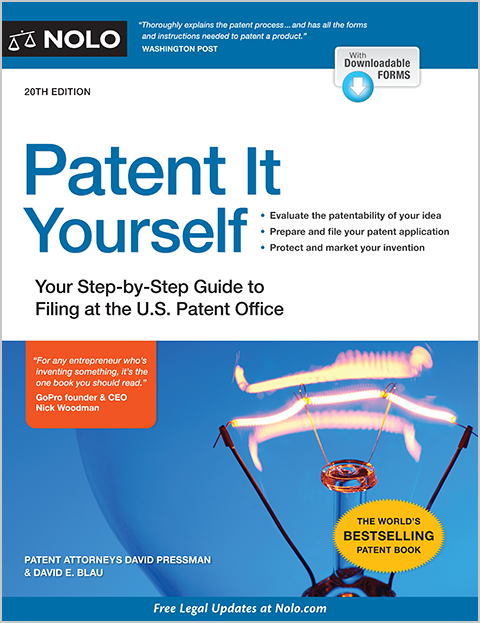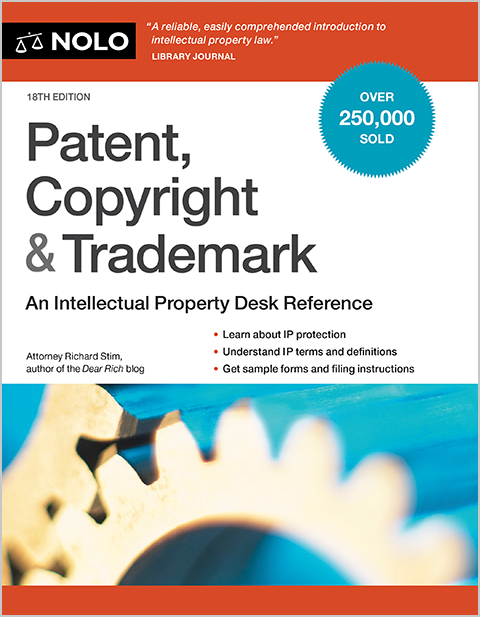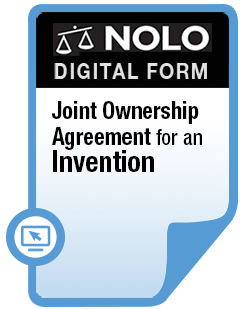Inventors must be mindful of time limitations in pursuing an infringement case.
If you are an inventor, patents are a critical legal tool in protecting your intellectual property rights. A patent offers an exclusive monopoly on an invention. The U.S. Patent and Trademark Office administers and issues patent applications. However, if you wish to sue a person or business for infringing on your patent—that is, for using it without permission—you must file a lawsuit in federal court.
But you cannot wait around forever to file your lawsuit. Federal law limits the amount of time that a patent holder has to file a lawsuit for infringement.
Lifespan of Your Patent
At the basic level, you must have an active patent in order to sue for infringement of that patent. Thus, you must be aware of its lifespan. Patents do not last forever. Depending on the type of patent, the number of years for which it is valid will vary.
Utility patents, which are the most common type of patent, are valid for 20 years after the filing of the application. However, you must also pay various required maintenance fees over the course of that period to keep the patent alive.
To state the obvious, you cannot sue for infringement of a utility patent that you received in 1985; the patent has long since expired no matter what followup steps you took.
For more information, check out How Long Is My Patent Protection Good For?
Limitations Period Under U.S. Patent Act
Assuming your patent is valid, you are still limited in how long you have to sue for damages from infringement. The clearest limitations period comes directly from the U.S. Patent Act, specifically 35 U.S.C. § 286: "Except as otherwise provided by law, no recovery shall be had for any infringement committed more than six years prior to the filing of the complaint or counterclaim for infringement in the action."
In other words, patent holders must file their infringement lawsuit within six years of the date of the alleged infringement in order to recover damages.
Unlike some statutes of limitations, this period can be extended by agreement of the parties, for example through a tolling agreement while settlement negotiations are ongoing. (A tolling agreement is essentially a private contract to permit a plaintiff to bring suit after a limitations period has expired.)
However, unlike some statutory limitations periods, the six years cannot be extended due to fraud or concealment. If you discover that your patent was used in a machine ten years after the fact, but that use was somehow covered up by the infringer, you are unlikely to be able to sue for damages.
Infringers Cannot Rely on Laches Defense to Claim Plaintiff Should Have Sued Sooner
In 2017, the U.S. Supreme Court removed a potential line of defense from patent infringement defendants: they can no longer rely upon the legal doctrine of laches.
The doctrine of laches is what's known as an equitable defense. A defendant who claims it is essentially alleging that the plaintiff took too long to sue and thus created a significant disadvantage to the defendant, known as "prejudice."
Laches is different from a statute of limitations, which is the maximum amount of time that a plaintiff has to file a claim under the law (and governed by 35 U.S.C. § 286). Laches is less certain and is more fact-dependent.
To help understand this concept, imagine that you owned a patent on a particular chemical compound. You saw that your friend was creating a medication, and apparently using an identical chemical compound to yours without permission. You did not say anything until he finishing producing his expensive medication. As soon as he was prepared to sell it, you filed a lawsuit. Here, your friend might claim that laches prevents your lawsuit.
Until recently, patent infringement defendants could rely upon laches as a standard defense. However, in SCA Hygiene Prods. Aktiebolag, et al. v. First Quality Baby Prods., LLC, et al., the U.S. Supreme Court held that this defense doesn't apply. Thus, as an inventor intending to seek damages for infringement, you likely will not need to worry about this "equitable" line of defense. You can read more about SCA Hygiene in this Legal Update.
Benefits to Bringing Your Patent Infringement Lawsuit Quickly
Despite the Patent Act giving patent owners six years to file their claim, waiting around until the last minute is not necessarily the best legal strategy. There is an old expression among lawyers: "Lawsuits aren't like wine; they don't improve with age."
You should, if possible, consult an attorney and file suit as soon as you believe that (i) your patent is being infringed and (ii) the infringement is causing harm to you or your business.
There are a two primary reasons for this speed. First, the act of filing a lawsuit alone may stop the infringer from infringing on your patent, or perhaps prompt settlement discussions. Many infringers will be frightened away by a simple cease-and-desist letter, and even more will be frightened by actual litigation.
Second, there are benefits to filing suit while evidence is fresh. There is less of a likelihood that emails or other critical documents will be lost or destroyed. Witnesses are more likely to remember relevant events, and also more likely not to have moved to different jobs (or cities or countries), making their testimony difficult to obtain.
In short, once you believe that your patent is being infringed and that the infringement is causing you genuine harm, you should act diligently to consult a patent attorney and, if necessary, file your lawsuit.
Talk to a Lawyer
Need a lawyer? Start here.
How it Works
- Briefly tell us about your case
- Provide your contact information
- Choose attorneys to contact you
- Briefly tell us about your case
- Provide your contact information
- Choose attorneys to contact you



